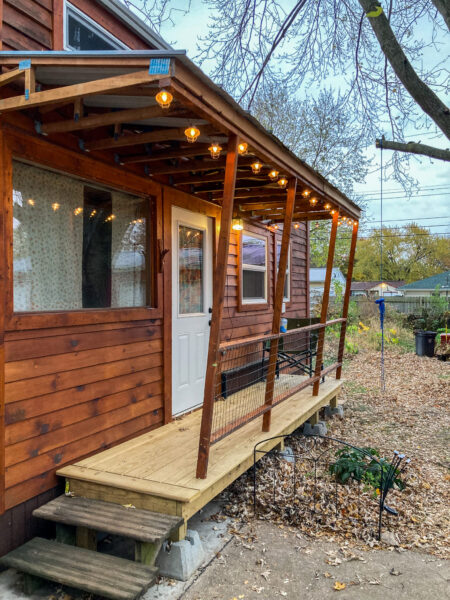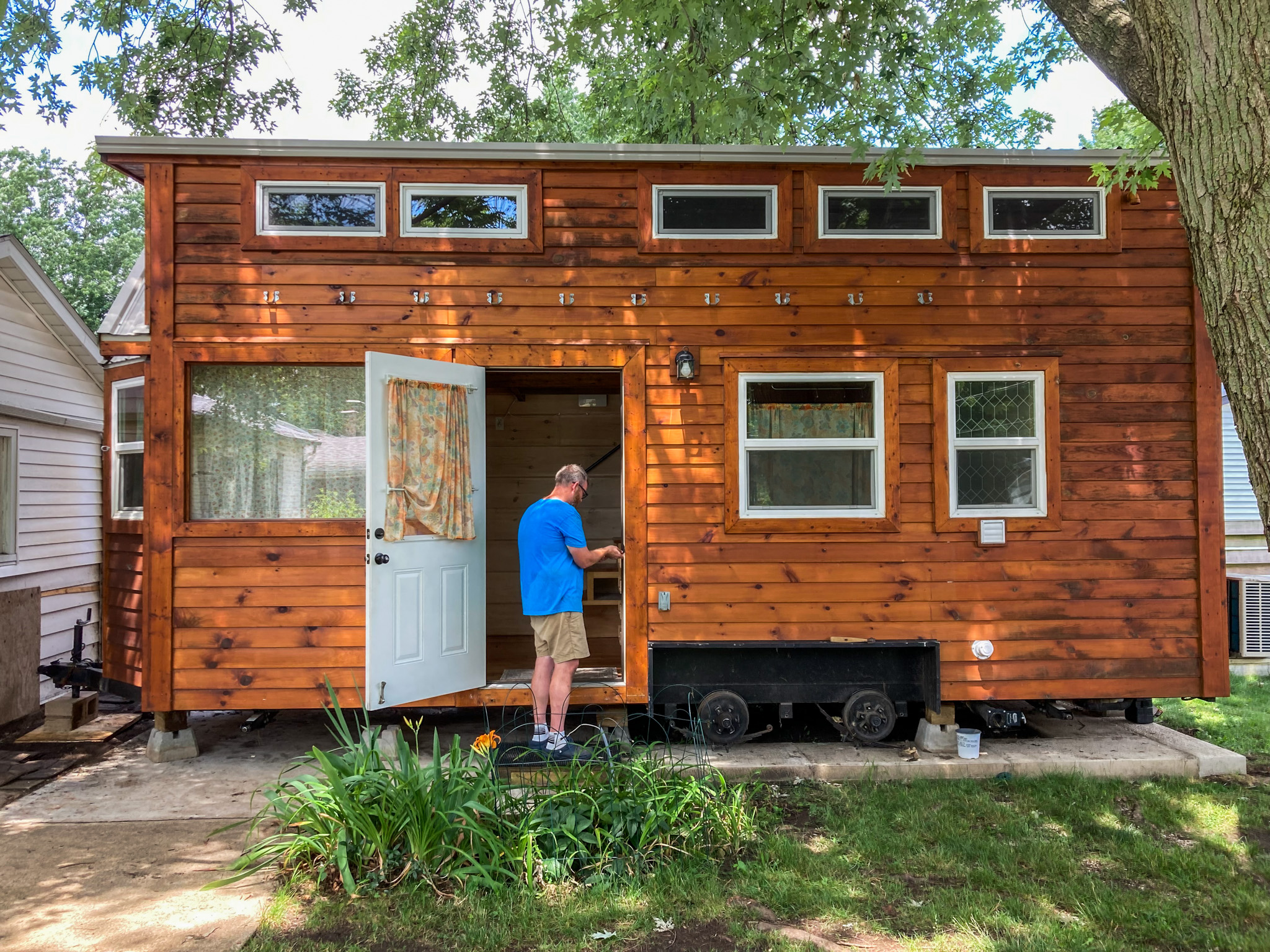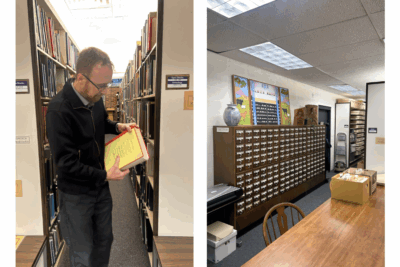In Sara Method’s backyard stands her former residence, a portable tiny house that housed her, her husband and her two children for five years. Since it no longer serving as their home, it has now been repurposed.
The journey of the tiny home began with Method, assistant professor of art and department chair, and her husband needing to find a place to live quickly before she attended graduate school.
“We needed a home, we had looked at tiny homes for years and it became quickly apparent that we were not going to be able to pay rent where we were going. So we drove to this place in Tennessee: Incredible Tiny Homes … anything that could happen in a very short time frame because this was in July and classes start in August,” Method said.
Luckily, they were able to find a generous person willing to sell the house he was currently building for himself, but there was a condition: The Methods had to work on it themselves.
“He had started framing the outside of the walls … we just took it from there … we had to build the steps, the kitchen, we put all the wood siding on ourselves, we stained everything, put all the hardwood floors … we did have someone do the plumbing and electricity who was licensed, the whole thing was done in three weeks,” Method said.
 The front porch was an addition after the house was grounded — there have been several renditions of the porch over the many stops.
The front porch was an addition after the house was grounded — there have been several renditions of the porch over the many stops.
The house was then taken by pickup truck to North Carolina where they lived for five years. The home was parked on a campground that gave them the opportunity to have space outside to hike, play and cook. In North Carolina, they were on a campground that was 64 acres, and had access to plumbing and electricity for their home.
Walking through the front door of the tiny home opens into one large room that serves a multitude of purposes such as living room, kitchen, dining room and, during COVID, kids’ schoolroom. The loft area was used for sleeping.
There is only one door within the entire house and that was to the bathroom. Method explained the strategy for living in such a small space: “You have to have good outdoor gear … you have to go outside all the time just so you can maintain your sanity … you sleep in the house, you eat your meals there, but the rest of the time you go out and do other things.”
When Method was hired by Goshen College, their family moved the house to Camp Mack where they lived until they were able to purchase a non-portable house in 2022.
After moving into their current abode, they decided to make the tiny home more permanent by cementing it into their backyard with plans to make it Method’s art studio.
For code reasons, it is not allowed to have running water or connect to Goshen’s septic system, but it is still an immovable building situated in Method’s backyard. Her specialty in art is printmaking, which requires storage and space.
The home has its challenges accommodating her art, but she said, “A lot of my work now tends to be smaller so that works there. [My husband] built a standing desk in the bay window area of the main room so I have a large surface. My cutting mat fits on there and it’s a good height so I can do work, my sewing machine fits there … we just installed a long table under a window … I’m looking for a small printing press that I can put in there.”




